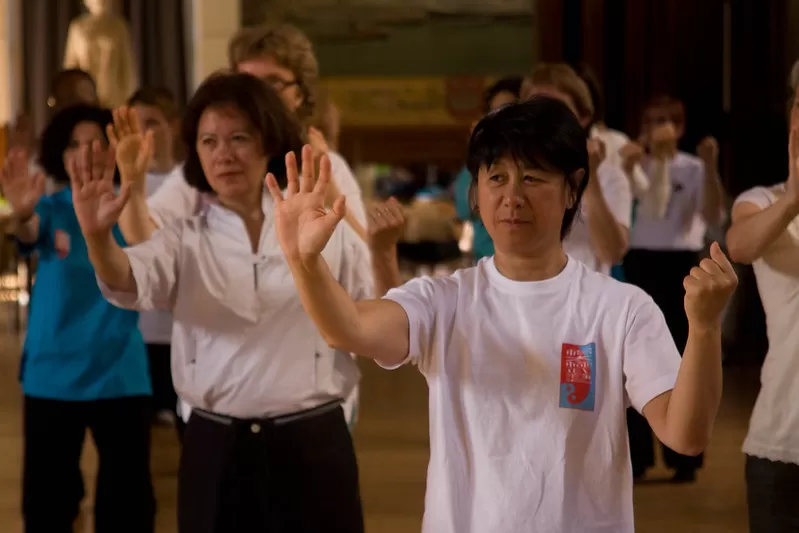Anand
14 May 2022

Qigong, pronounced “chi gong,” was developed in China thousands of years ago as part of traditional Chinese medicine. It involves using exercises to optimize energy within the body, mind, and spirit, with the goal of improving and maintaining health and well-being. Qigong has both psychological and physical components and involves the regulation of the mind, breath, and body’s movement and posture.
In most forms of qigong:
- Breath is slow, long, and deep. Breath patterns may switch from abdominal breathing to breathing combined with speech sounds.
- Movements are typically gentle and smooth, aimed for relaxation.
- Mind regulation includes focusing one’s attention and visualization.
Dynamic (active) qigong techniques primarily focus on body movements, especially movements of the whole body or arms and legs. Meditative (passive) qigong techniques can be practiced in any posture that can be maintained over time and involve breath and mind exercises, with almost no body movement.